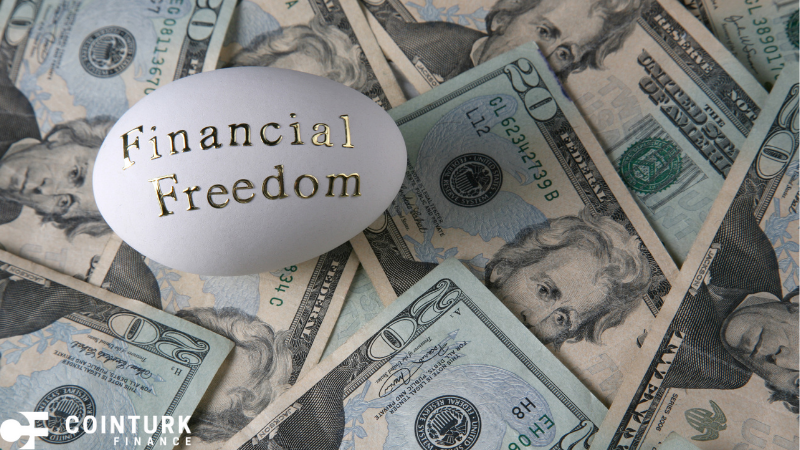The announcement of a rebranding initiative by Cracker Barrel Old Country Store has stirred significant controversy, igniting a public debate around the essence and identity of beloved brands. With a heritage that resonates deeply with many Americans, any shift in its nostalgic Southern charm is closely scrutinized by the public. Recent moves to modernize with a new minimalist logo and updated interiors are seen by many as an alignment with broader industry trends towards sleek, modern aesthetics. However, it raises questions about the risks associated with abandoning traditional brand elements that loyal customers cherish.
Compared to previous controversies faced by other brands, such as Anheuser-Busch InBev’s Bud Light, Cracker Barrel’s situation underlines the significant impact that branding changes can have on consumer loyalty and company reputation. Bud Light’s similar backlash due to a marketing error elucidates a recurring pattern where public opinion sways stock market consequences and company strategies.
What Triggered the Controversy?
The issue began when Cracker Barrel replaced its iconic “Uncle Herschel” logo with a minimalist, text-based design and removed rustic elements in favor of modern interiors. This sparked criticism, with some labeling the shift as a move towards a “woke” image, leading to a surge of backlash on social media. Adding to the tension, political figures, like Donald Trump Jr., publicly criticized the changes, amplifying the discourse.
How Did Financial Markets React?
The financial markets reflected the public’s discontent, with Cracker Barrel’s stock witnessing a sharp decline. The stock price fell by over 7%, reflecting investor unease with the direction the company was taking. Concerns are not unfounded as they resonate with historical occurrences where brand loyalty and identity shifts have led to financial repercussions.
Despite initial dismissal of the critics as a vocal minority, Cracker Barrel acknowledged the public furor, albeit while maintaining their modernization trajectory. Their statement highlighted an appreciation for customer passion, though they reiterated commitment to renovating its image.
“We recognize the passion our fans hold for the Cracker Barrel experience,”
they stated. The company’s need to balance heritage with modernization was reiterated with certainty.
Rival outlet Steak ‘n Shake added fuel to the fire by publicly critiquing Cracker Barrel’s decisions, emphasizing the significance of tradition. Such exchanges demonstrate the competitive landscape where companies leverage another’s missteps to underscore their own steadfast adherence to brand roots.
In navigating this complex situation, Cracker Barrel stands at a crossroad. Moving forward, retaining the essence of what made the brand revered while introducing contemporary appeal presents a challenge. Some argue that the solution lies in heeding customer input, possibly paving a route to recovery.
“We could’ve done a better job communicating our identity,”
the company admitted, hinting at potential recalibrations.
Industry insights suggest that companies should carefully evaluate consumer attachment to traditional brand elements before making significant changes. This event highlights the power of consumer influence and the potential pitfalls of disregarding public sentiment in branding decisions. As Cracker Barrel confronts the backlash, the path they choose will be determinant in maintaining their customer base and ensuring future success.









